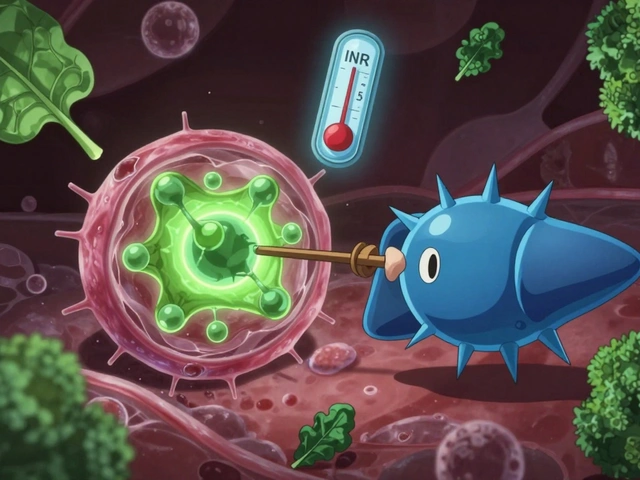Atopic Dermatitis: What It Is and How to Manage It
Atopic dermatitis, often called eczema, is a chronic skin condition that makes the skin red, itchy, and dry. It can show up at any age, but many people first see it in childhood. If you’ve ever had a rash that won’t go away and keeps itching, you might be dealing with atopic dermatitis.
The rash typically appears on the face, behind the knees, inside elbows, and on the hands. In adults, it can spread to the neck, wrists, and ankles. What makes it tricky is the itch‑scratch cycle – scratching worsens the skin, leading to more itching.
Common Triggers You Can Control
Knowing what sparks a flare helps you stay ahead of it. Common triggers include:
- Dry air: Low humidity sucks moisture from the skin.
- Harsh soaps or detergents: Anything that strips natural oils can irritate.
- Allergens: Pollen, pet dander, or certain foods may set off a reaction.
- Stress: Your nervous system and skin talk to each other, so anxiety can flare up the rash.
- Heat and sweat: Warm, moist skin feels tighter and itchy.
Try to keep a simple diary of when a flare happens and what you were doing. Spotting a pattern lets you cut out the culprit.
Practical Treatment and Skincare Tips
First‑line care focuses on restoring moisture and calming inflammation. Here’s a straightforward routine:
- Moisturize immediately after a shower: Pat skin dry, then slather on a thick, fragrance‑free cream or ointment. Look for ingredients like ceramides or petrolatum.
- Take lukewarm showers: Hot water dries out the skin even more. Keep showers under 10 minutes.
- Use gentle cleansers: Skip bar soaps with fragrances. Look for “syndet” bars or mild liquid washes.
- Apply topical steroids when needed: Low‑potency steroids (like hydrocortisone 1%) can calm a flare. Use them for a short period as directed by a doctor.
- Consider non‑steroid options: Calcineurin inhibitors (tacrolimus or pimecrolimus) work well for sensitive areas like the face.
If over‑the‑counter stuff isn’t enough, talk to a dermatologist about prescription options. For severe cases, oral medications such as antihistamines or even biologic drugs (dupilumab) may be recommended.
Beyond creams, lifestyle tweaks make a big difference. Keep your home humidified in winter, wear breathable cotton clothing, and wash new clothes before wearing them to remove potential irritants.
When you notice signs of infection—painful crusts, yellow crusts, or fever—call a healthcare professional right away. Infections can turn a simple flare into a serious problem.
Atopic dermatitis doesn’t have to control your life. By spotting triggers, sticking to a solid moisturizing routine, and using the right medicines, you can keep flare‑ups to a minimum and enjoy clearer, calmer skin.
Elidel Cream for Eczema: Uses, Side Effects, and Skin Care Tips
Explore Elidel cream for treating eczema. Learn how it works, benefits, possible side effects, and real-life skin care tips. Get useful, down-to-earth info.






